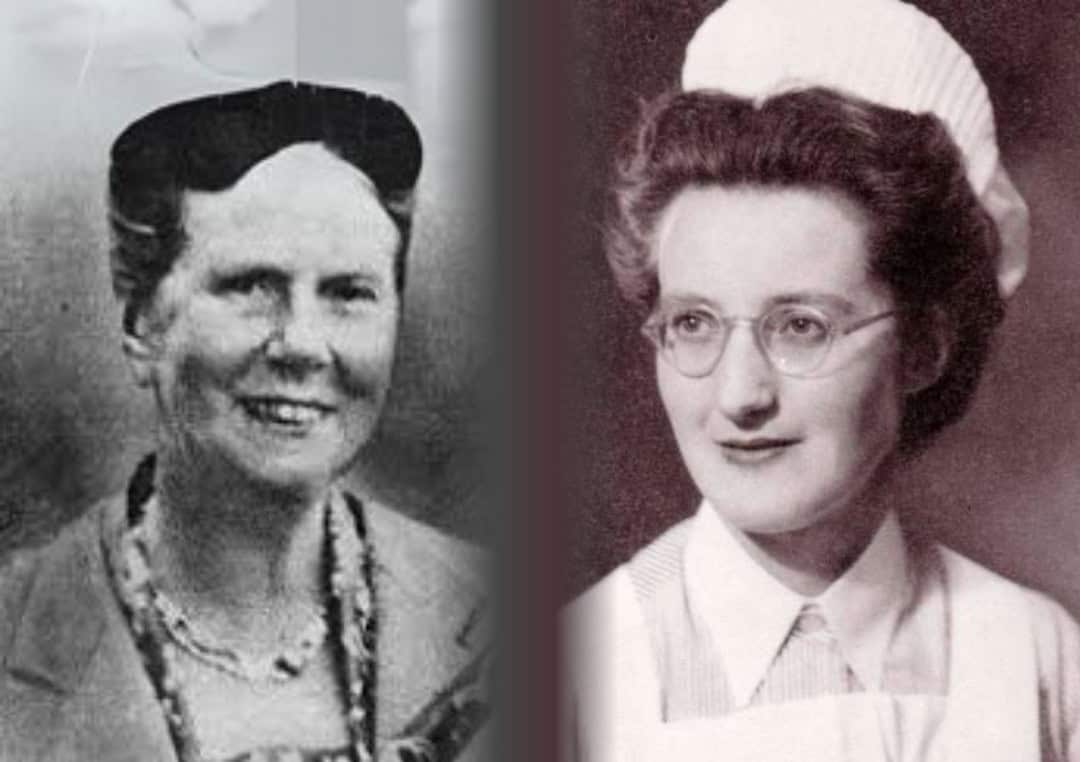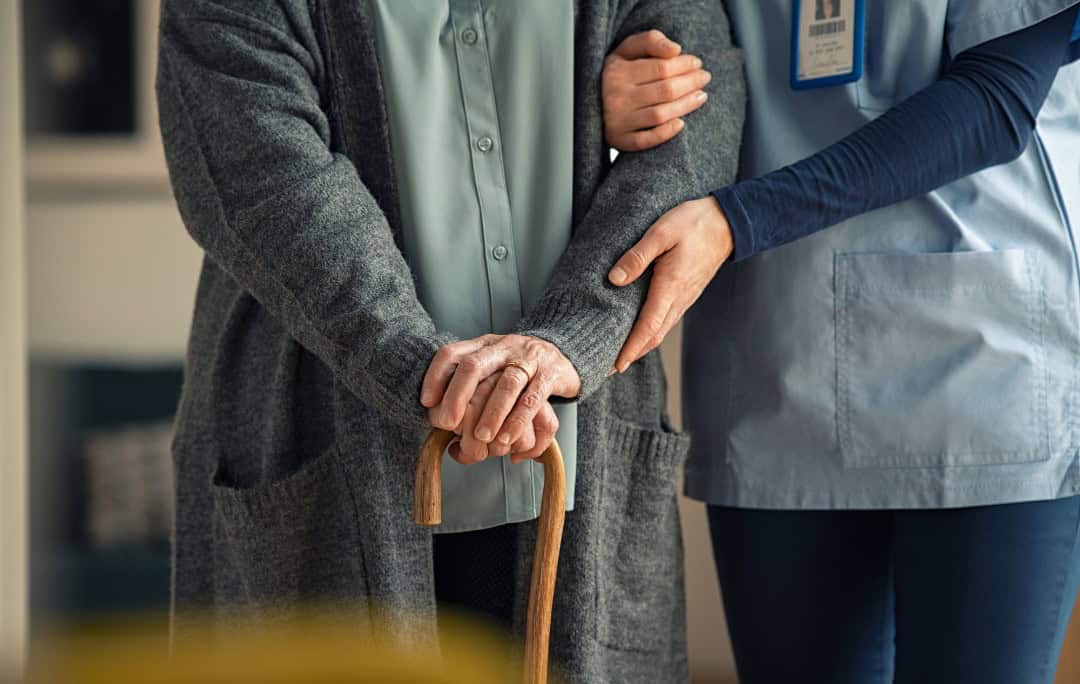What is a pressure sore?
Pressure ulcers/sores usually form on parts of the body, such as the heels, hips, tailbone and elbows. They can be caused by pressure, friction or shearing on any part of the body.
The symptoms of a pressure sore include:
1. Discoloured patches of skin that do not change colour when pressed. The patches are usually red on white skin, or purple or blue on black or brown skin
2. A patch of skin that feels warm, spongy or hard
3. Pain or itchiness in the affected area of skin
The ulcers usually develop gradually, but can sometimes appear over a few hours. They can become a blister or open wound if left untreated and can eventually reach down to the bone.
If you have ever had a blister from new shoes… then you yourself have had a pressure sore!
Who is at risk of developing a pressure sore?
According the NHS under half a million people in the UK will develop at least 1 pressure ulcer in a year. 1 in 20 people are admitted to hospital with a sudden illness will develop a pressure ulcer.
- Anyone with a medical condition that limits their ability to change position.
- Anyone who has previously had a pressure sore.
- Those who spend most of their days confined to a bed or chair.
- Those who are aged over 70 due to the likelihood of mobility issues and ageing skin.
- Those who are malnourished, underweight and under hydrated.
- Anyone with swollen, sweaty or broken skin.
- Those with poor circulation or fragile skin.
- Those who have problems with feeling sensation or pain.
What can you do to prevent a pressure sore?
- Change position regularly.
- Use pressure relieving equipment (these can be provided by occupational therapists where assessments will take place and the correct equipment will be given).
- Check skin integrity daily for any symptoms or signs of pressures sores and seek medical attention for them as soon as possible.
- Try to stay as active as possible.
- Eat a healthy balanced diet.
Warnings signs of a pressure sore developing
- Unusual changes in skin colour or texture
- Swelling
- Pus-like draining
- An area of skin that feels cooler or warmer to the touch than other areas
- Tender/painful areas
What to do if you identify a pressure sore
- Contact the district nurse for assessment and appropriate guidance and treatment. i.e. creams/sprays that may need to be prescribed.
- Record the pressure sore, who you have contacted and what has been discussed regarding this in the notes on the access app.
- Complete a body map on the access app (take a photo of the effected area if appropriate and consent has been gained – if the pressure sore is in a sensitive area i.e. bottom or consent to take a photo has been declined use a paper body map and upload a photo of the paper body map).
- Always record who you spoke to and what they have told you to do, and what actions they are going to take.
- Inform the office – Any pressure sore at a grade 3 MUST be reported to the registered manager who will be required to inform the CQC (Care Quality Commission) of the pressure sore.
What is a moisture lesion?
A moisture lesions is sore, red and blistering areas of skin that has been exposed to wetness over a period of time. (This could be urine, faeces, sweat or fluid from a wound)
They can be commonly found in skin folds and creases as well as in bottom and anatomy areas of the body.
How to prevent a moisture lesion developing
- If there is urinary or faecal incontinence this needs to managed correctly. If the individual uses incontinence pads these must be changed regularly, using only ONE pad at a time.
- Good personal care.
- Good skin care, clean and dry any affected areas thoroughly, using any prescribed creams and powders where required and as directed.
- Effective wound management – contact the service users district nurse/GP/111 if a wound is leaking or there are concerns.
- Good nutrition and hydration.
What to do if you identify moisture lesions
- Contact the district nurse for assessment and appropriate guidance and treatment. i.e. creams/sprays that may need to be prescribed.
- Record the moisture lesion, who you have contacted and what has been discussed regarding this in the notes on the access app.
- Complete a body map on the access app (take a photo of the affected area if appropriate and consent has been gained – if the pressure sore is in a sensitive area i.e. bottom or consent to take a photo has been declined use a paper body map and upload a photo of the paper body map).
- Always record who you spoke to and what they have told you to do, and what actions they are going to take.
- Inform the office.
Should you need more guidance or support regarding the correct procedures please contact your local office.

Useful links for further information and guidance
- https://www.nhs.uk/conditions/pressure-sores/
- https://www.nationalwoundcarestrategy.net/wp-content/uploads/2021/07/Pressure-ulcer-categorisation-poster.pdf
- https://www.bsuh.nhs.uk/wp-content/uploads/sites/5/2016/09/Moisture-lesions-and-incontinence-associated-dermatitis.pdf
- https://www.ehub.elht.nhs.uk/uploads/2/0/9/6/20960734/moisture_or_pressure_tool.pdf
- https://www.nhsprofessionals.nhs.uk/-/media/hosted-documents/nightingale/north-west/clinical-skills-day-resources/tissue-viability.pdf








